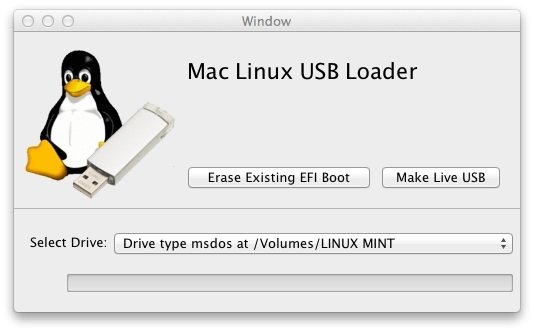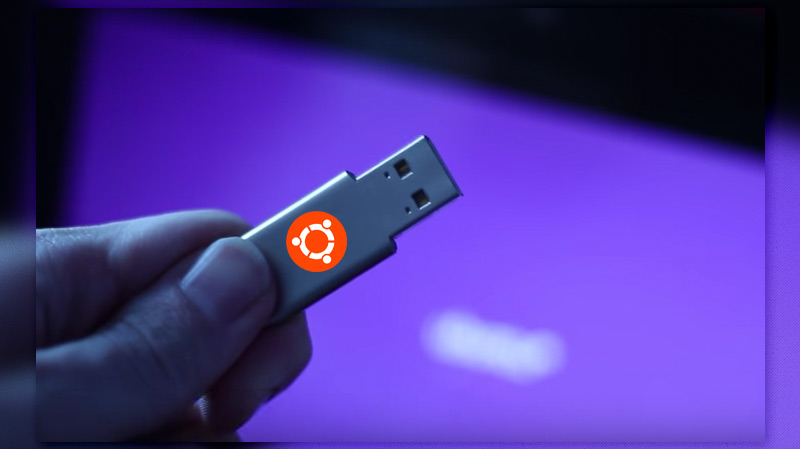
To initialise your USB stick, go to your Applications menu. It’s commonly known as ‘Formatting’, but those Cupertino Cliques like to call it ‘Initialise’ instead 🙂 Regardless of whether you have a blank USB stick, or one with lots of files, you are going to need to completely erase the contents of it. It’s time to pop your USB stick in your Mac. If you are downloading Ubuntu, you can get it here: Step 2: Erase / Format / Initialise your USB Stick
#LINUX USB DRIVE FOR MAC ISO#
This may seem obvious – but just in case you haven’t already downloaded your Linux distro, make sure you grab the right one for your machine (if it’s a new Mac, it’s going to be the 64-bit ISO image – the filename usually ends amd64.iso.
#LINUX USB DRIVE FOR MAC HOW TO#
If you want a full tutorial on how to install Linux on a Mac computer, check out our guide. However, this is 2016, and people don’t have CDRW drives any more, so let’s find out how to do this on your beloved mac. USB sticks were more meant to pop regular files onto, not disk images. They weren’t really intended to be put onto USB sticks. In the past, we’d ‘burn’ this image onto a blank CD or DVD. So, just to be clear, you have downloaded Linux (say Ubuntu) from the Ubuntu website. Unfortunately, Mac users have to go through a few more hurdles to get an ISO image onto a USB stick in order to make it boot properly. If you’ve used tools like UNetBootin before, then you’ll have found it a nice easy graphical way on a PC. So, you’ve got a mac computer and you want to put the ISO you just downloaded onto it.
#LINUX USB DRIVE FOR MAC PRO#

Formatting the USB Drive ProperlyĬreating a Linux Live USB in macOS requires us to format the USB with a specific partition table. Overwriting your macOS partition accidentally will have dire and time-consuming consequences. If you plan to install Linux from this USB stick, back up your computer completely. Note: While this tutorial does not cover any system-wrecking tasks, you must make backups of your system before messing with your boot drive.

If you are using a Mac, you can easily create a Linux Live USB in macOS by following the instructions below.

The Live USB will be wiped at each boot, so you can’t save files, but you can try out the OS. It’s a good way to “test drive” the system or even complete a very simple task in Linux. Linux Live USB drives allow you to try out the operating system without installing it on your boot drive.


 0 kommentar(er)
0 kommentar(er)
